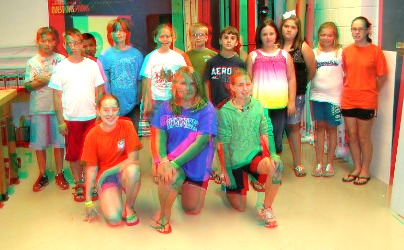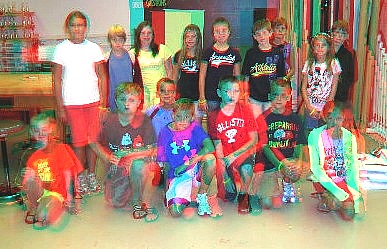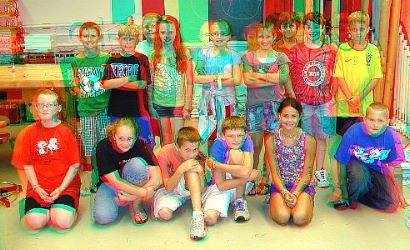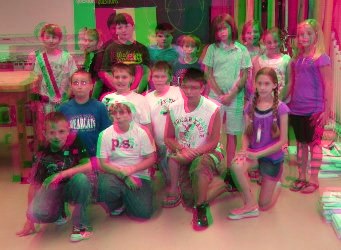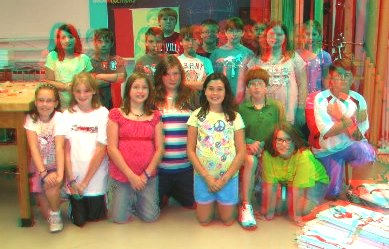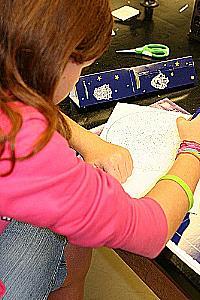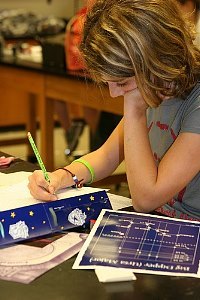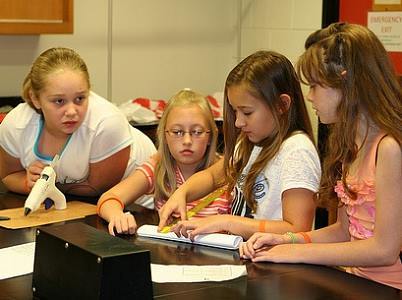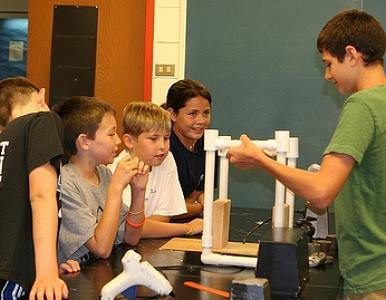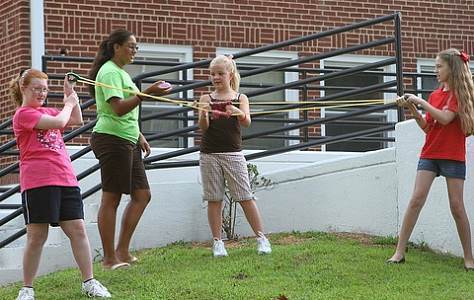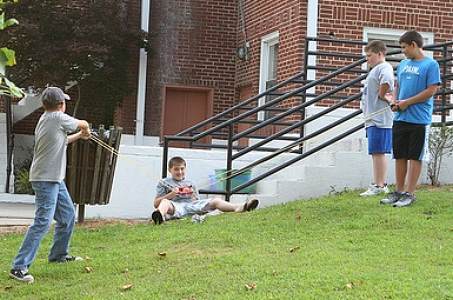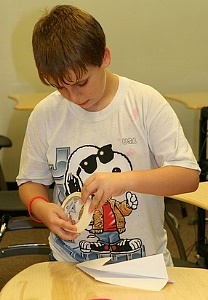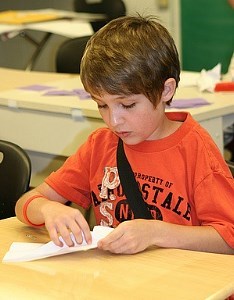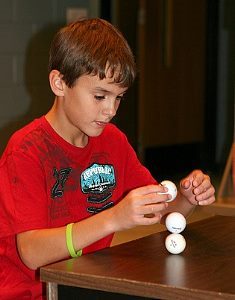The Cincinnati Zoo
We gathered at 6:30 AM to start our trip.
Wet weather greeted us when we arrived at about 11:00.
But it soon cleared.
The reptile house has Chinese alligators in it's central pool.
Listed as critically endangered with only about 150 in the wild.
Some hatched in zoos are being released in their original habitat to try to maintain the species.
Many of us went to see the Wings of Wonder show where a macaw, hawk, eagle, and hornbill flew over the audience.
Very close if you were in the right spot.
And a penguin, emu, and others paraded across the stage.
The Sumatran rhinoceros, the world’s most endangered rhino, suffering from deforestation and
poaching for its horn has been successfully bred here giving some hope for it's long term survival.
Campers learned a lot at the "Meet the Keeper" events.
Here you can see just how close they got to a king penguin.
Other sights included everything from insects and
primates
to a Komodo dragon
and barnyard animals
But finally it was time to bid adieu to the zoo and the rhino at the gate.
